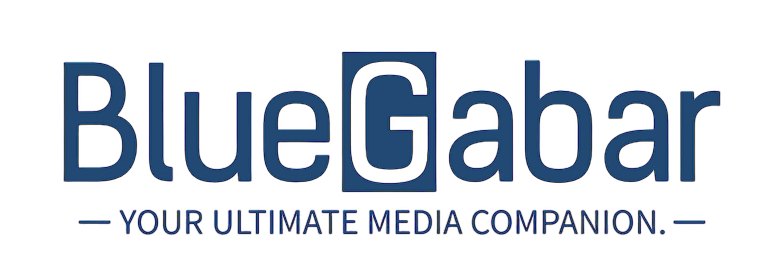Understanding the Health Benefits of Thai Massage and Its TechniquesThai massage, also known as Thai yoga massage, is a traditional healing system that combines acupressure, Indian Ayurvedic principles, and assisted yoga postures. It is a unique and holistic approach to health and wellness that has been practiced for centuries in Thailand. In recent years, Thai massage has gained popularity worldwide due to its numerous health benefits and effective techniques.
The Health Benefits of Thai Massage:
1. Stress Relief and Relaxation: Thai massage is known for its ability to promote relaxation and reduce stress levels. The gentle pressure and stretching movements help to release tension from the body, leading to a profound sense of calm and well-being.
2. Improved Flexibility and Range of Motion: Through a series of yoga-like stretches, Thai massage helps to improve flexibility and increase the body’s range of motion. This can be particularly beneficial for athletes and individuals with tight muscles or joint stiffness.
3. Pain Relief and Management: The manipulation of muscles and joints during a Thai massage can alleviate chronic pain conditions such as back pain, arthritis, and migraines. The therapeutic techniques used in Thai massage help to target specific areas of discomfort and promote healing.
4. Enhanced Blood Circulation: The rhythmic compressions and stretches in Thai massage stimulate blood flow throughout the body. Improved circulation can aid in the delivery of oxygen and nutrients to the body’s tissues, promoting overall health and vitality.
5. Balancing Energy Flow: Thai massage aims to balance the body’s energy pathways, known as sen lines. By applying pressure to specific points along these lines, the therapist can help to restore harmony and promote a free flow of energy throughout the body.
The Techniques of Thai Massage:
1. Compression: The therapist uses rhythmic pressing motions with their palms, thumbs, elbows, and feet to apply pressure to specific points on the body. This helps to release tension and promote relaxation.
2. Stretching: Thai massage incorporates a variety of yoga-like stretches to increase flexibility and improve joint mobility. The therapist guides the client through passive stretching movements to lengthen and relax the muscles.
3. Acupressure: By applying pressure to specific energy points, the therapist can address various physical and emotional issues, promoting healing and balance within the body.
4. Sen Line Work: The therapist focuses on the body’s sen lines, similar to the meridians in Chinese medicine. By working along these pathways, they aim to clear energy blockages and restore equilibrium.
5. Joint Mobilization: Thai massage includes gentle joint mobilization techniques to improve joint function and reduce stiffness. This can be particularly beneficial for individuals with joint-related issues.
In conclusion, Thai massage offers a multitude of health benefits, ranging from stress relief and pain management to improved flexibility and energy balance. Its unique combination of techniques makes it a powerful therapeutic modality for enhancing overall well-being. Whether you are seeking relaxation or specific health improvements, Thai massage can provide a holistic approach to wellness that is deeply rooted in tradition and effective in practice. If you haven’t experienced a Thai massage yet, it may be time to explore this ancient healing art and reap its many rewards.


